Home>Maintenance & Safety>Safety Equipment & Products>Who Is Trained And Equipped To Conduct A Home Safety Assessment
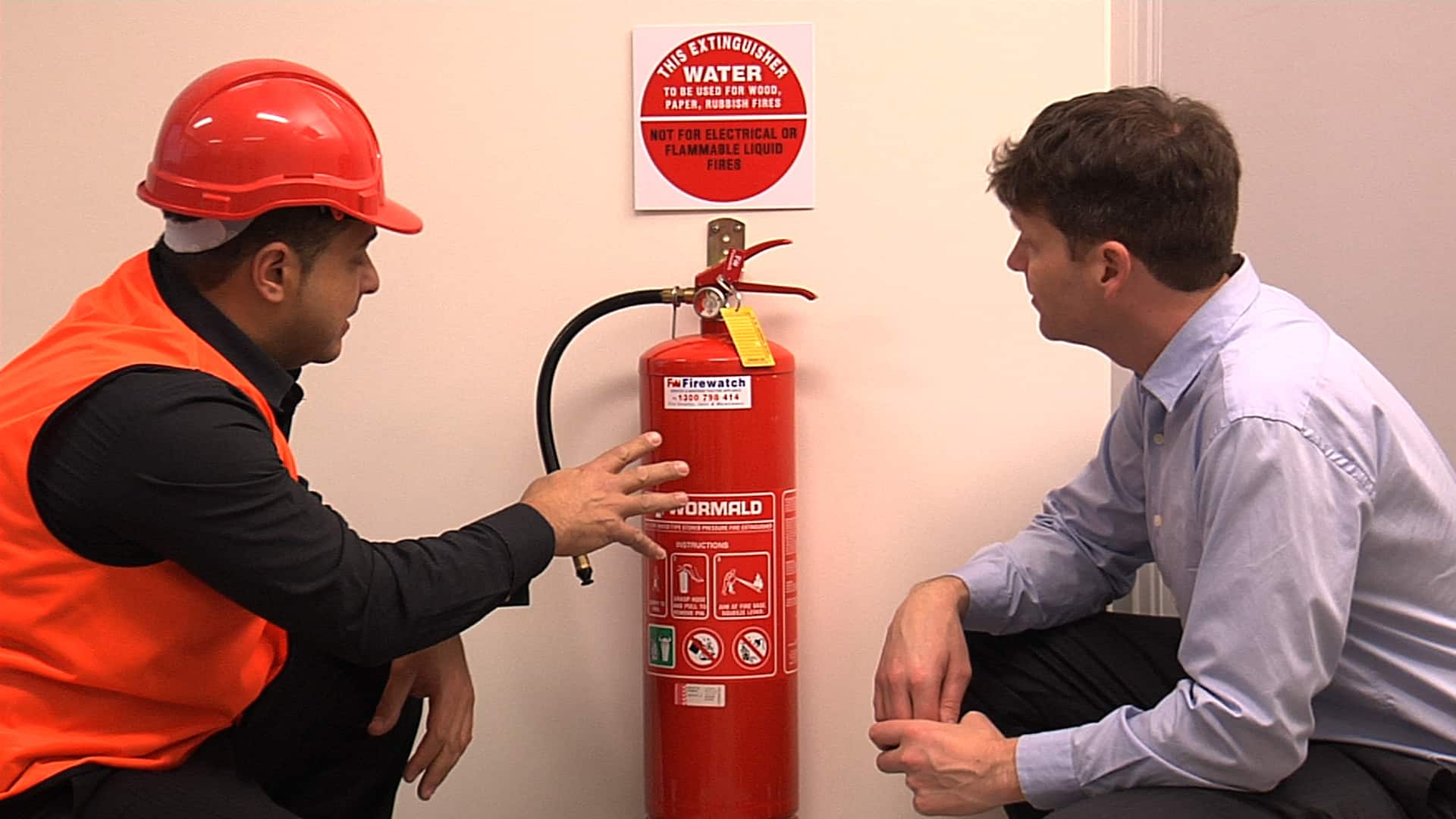

Safety Equipment & Products
Who Is Trained And Equipped To Conduct A Home Safety Assessment
Modified: January 5, 2024
Ensure your home is safe and secure with a professional home safety assessment conducted by experts trained in safety equipment and products. Protect your loved ones with a thorough evaluation and recommendations for a secure living environment.
(Many of the links in this article redirect to a specific reviewed product. Your purchase of these products through affiliate links helps to generate commission for Storables.com, at no extra cost. Learn more)
Introduction
Welcome to the world of home safety assessment, where professionals are equipped with the knowledge and skills to ensure that your living space is a secure and comfortable environment. Conducting a home safety assessment involves a comprehensive evaluation of potential hazards and risks within a home, with the aim of implementing preventive measures to enhance safety and promote independent living.
Let’s explore the individuals who are trained and equipped to conduct home safety assessments, ensuring that your home is a haven where safety and well-being are top priorities.
Key Takeaways:
- Home safety assessments are conducted by experts like occupational therapists, physical therapists, home health aides, CAPS professionals, and building contractors to ensure a secure and supportive living environment for individuals.
- These professionals bring diverse expertise to evaluate, identify, and address potential safety hazards, creating homes that prioritize safety, accessibility, and comfort for individuals.
Occupational Therapists
Occupational therapists play a crucial role in conducting home safety assessments, leveraging their expertise in evaluating the impact of a person’s environment on their ability to perform daily activities. These professionals possess a deep understanding of human anatomy, ergonomics, and the physical and cognitive challenges that individuals may face in their living spaces.
When conducting a home safety assessment, occupational therapists meticulously evaluate various aspects of the home environment. This includes assessing the layout of the living space to ensure accessibility, identifying potential fall hazards, and recommending modifications to support independent living. They also consider the individual’s specific needs and abilities, tailoring their recommendations to enhance safety without compromising functionality.
Furthermore, occupational therapists are adept at identifying assistive devices and adaptive equipment that can facilitate daily activities and mitigate potential safety risks. Their holistic approach encompasses not only the physical aspects of safety but also the individual’s overall well-being and quality of life.
With their specialized knowledge and practical insights, occupational therapists are invaluable assets in promoting home safety and empowering individuals to navigate their living environments with confidence and security.
Physical Therapists
Physical therapists are integral members of the home safety assessment process, bringing their expertise in assessing and addressing mobility-related concerns within a home environment. These professionals possess a deep understanding of human movement, musculoskeletal function, and the impact of physical limitations on an individual’s daily activities.
When conducting a home safety assessment, physical therapists focus on evaluating the layout of the living space to ensure that it is conducive to safe and independent mobility. They assess factors such as doorway width, flooring surfaces, and the presence of obstacles that may impede movement or pose fall risks. Additionally, physical therapists are skilled at identifying potential barriers within the home that may hinder rehabilitation or exacerbate existing physical challenges.
Furthermore, physical therapists provide valuable insights into the selection and placement of mobility aids and assistive devices, ensuring that these tools enhance accessibility and safety within the home. They also collaborate with individuals to develop personalized exercise regimens and strategies to improve strength, balance, and coordination, thereby reducing the risk of falls and promoting overall well-being.
With their keen focus on optimizing physical function and mobility, physical therapists contribute significantly to the creation of a safe and supportive home environment, empowering individuals to move with confidence and independence.
Home Health Aides
Home health aides play a vital role in conducting home safety assessments, leveraging their hands-on experience in providing personalized care and support to individuals within their homes. These dedicated professionals are well-versed in recognizing potential safety hazards and implementing preventive measures to ensure a secure and nurturing living environment.
When conducting a home safety assessment, home health aides meticulously evaluate the home environment with a keen eye for potential risks and hazards. They assess factors such as lighting, flooring, and the organization of living spaces to identify areas that may pose challenges to mobility and safety. Additionally, home health aides are adept at identifying potential fall hazards and offering practical solutions to mitigate these risks.
Furthermore, home health aides provide invaluable support in implementing safety measures and modifications within the home. They assist individuals in adhering to safety guidelines and utilizing assistive devices effectively, empowering them to navigate their living spaces with confidence and independence. Additionally, home health aides offer compassionate guidance and support, fostering a sense of security and well-being within the home environment.
With their compassionate approach and practical insights, home health aides contribute significantly to the creation of a safe and nurturing home environment, ensuring that individuals can thrive in a space that prioritizes their safety and comfort.
A licensed occupational therapist is trained and equipped to conduct a home safety assessment. They can evaluate the home environment and recommend modifications to improve safety and accessibility.
Certified Aging in Place Specialists (CAPS)
Certified Aging in Place Specialists (CAPS) are experts in conducting home safety assessments, specializing in creating living spaces that are conducive to aging in place – the ability to live in one’s own home and community safely, independently, and comfortably, regardless of age, income, or ability level. These professionals undergo rigorous training and certification to acquire the knowledge and skills necessary to assess and modify homes to meet the evolving needs of individuals as they age.
When conducting a home safety assessment, CAPS professionals meticulously evaluate the home environment, taking into account the unique challenges and considerations associated with aging in place. They assess factors such as accessibility, ease of navigation, and the presence of potential hazards that may pose risks to older adults. Additionally, CAPS professionals offer comprehensive recommendations for home modifications and adaptive features to enhance safety and promote independent living.
Furthermore, CAPS professionals possess a deep understanding of universal design principles, which focus on creating environments that are accessible and accommodating for individuals of all ages and abilities. Their expertise extends to identifying and implementing features such as grab bars, ramps, and non-slip flooring to improve safety and mobility within the home. They also provide guidance on incorporating technology and assistive devices to support aging individuals in their daily activities.
With their specialized training and in-depth knowledge of aging in place principles, CAPS professionals are instrumental in creating homes that foster independence, comfort, and security for older adults. Their holistic approach to home safety assessments ensures that individuals can age in place with dignity and confidence, surrounded by a supportive and secure living environment.
Read more: What Is The Westmead Home Safety Assessment
Building Contractors
Building contractors play a pivotal role in conducting home safety assessments, leveraging their expertise in construction, renovation, and home modification to create secure and accessible living environments. These professionals possess a comprehensive understanding of building codes, structural integrity, and the implementation of safety features within residential spaces.
When conducting a home safety assessment, building contractors meticulously evaluate the structural aspects of the home, identifying areas that may require modifications to enhance safety and accessibility. They assess factors such as doorway width, staircases, and the overall layout of the living space to ensure that it meets safety standards and accommodates the specific needs of the occupants. Additionally, building contractors offer practical recommendations for home modifications and renovations that align with safety guidelines and regulations.
Furthermore, building contractors are adept at implementing physical modifications within the home to improve safety and functionality. This may include installing ramps, widening doorways, or incorporating accessible features such as handrails and grab bars. Their expertise in construction and renovation allows them to execute these modifications with precision, ensuring that the home environment is conducive to independent living and mobility.
With their practical skills and knowledge of building and construction, building contractors are instrumental in transforming living spaces into safe and secure environments that cater to the unique needs of individuals. Their contributions to home safety assessments encompass not only the identification of potential hazards but also the implementation of effective solutions to promote a supportive and accessible living environment.
Conclusion
Home safety assessments are vital processes that prioritize the well-being and security of individuals within their living spaces. The professionals involved in conducting these assessments bring a diverse range of expertise, each playing a crucial role in evaluating, identifying, and addressing potential safety hazards to create a secure and supportive home environment.
Occupational therapists, with their focus on activities of daily living, bring a holistic perspective to home safety assessments, considering the individual’s physical and cognitive abilities to tailor recommendations that promote independence and well-being. Physical therapists contribute their expertise in mobility and rehabilitation, ensuring that the home environment supports safe and accessible movement for individuals with physical challenges.
Home health aides, through their hands-on experience and compassionate support, play a pivotal role in implementing safety measures and providing guidance to individuals, fostering a sense of security and comfort within the home. Certified Aging in Place Specialists (CAPS) bring specialized knowledge of aging in place principles, offering comprehensive recommendations and modifications to create living spaces that accommodate the evolving needs of older adults.
Building contractors, with their proficiency in construction and renovation, are instrumental in executing physical modifications to enhance home safety and accessibility, ensuring that the living environment aligns with safety standards and regulations. Each of these professionals collaborates to conduct thorough home safety assessments, ensuring that individuals can navigate their living spaces with confidence and independence.
By harnessing their collective expertise, these professionals contribute to the creation of living environments that prioritize safety, accessibility, and comfort, empowering individuals to thrive in their homes. Through their dedication and specialized skills, they play a pivotal role in promoting independence, well-being, and peace of mind within the home environment.
Ultimately, the collaborative efforts of these professionals in conducting home safety assessments exemplify a commitment to creating living spaces that not only meet the physical and functional needs of individuals but also provide a nurturing and secure environment where safety and well-being are paramount.
Frequently Asked Questions about Who Is Trained And Equipped To Conduct A Home Safety Assessment
Was this page helpful?
At Storables.com, we guarantee accurate and reliable information. Our content, validated by Expert Board Contributors, is crafted following stringent Editorial Policies. We're committed to providing you with well-researched, expert-backed insights for all your informational needs.
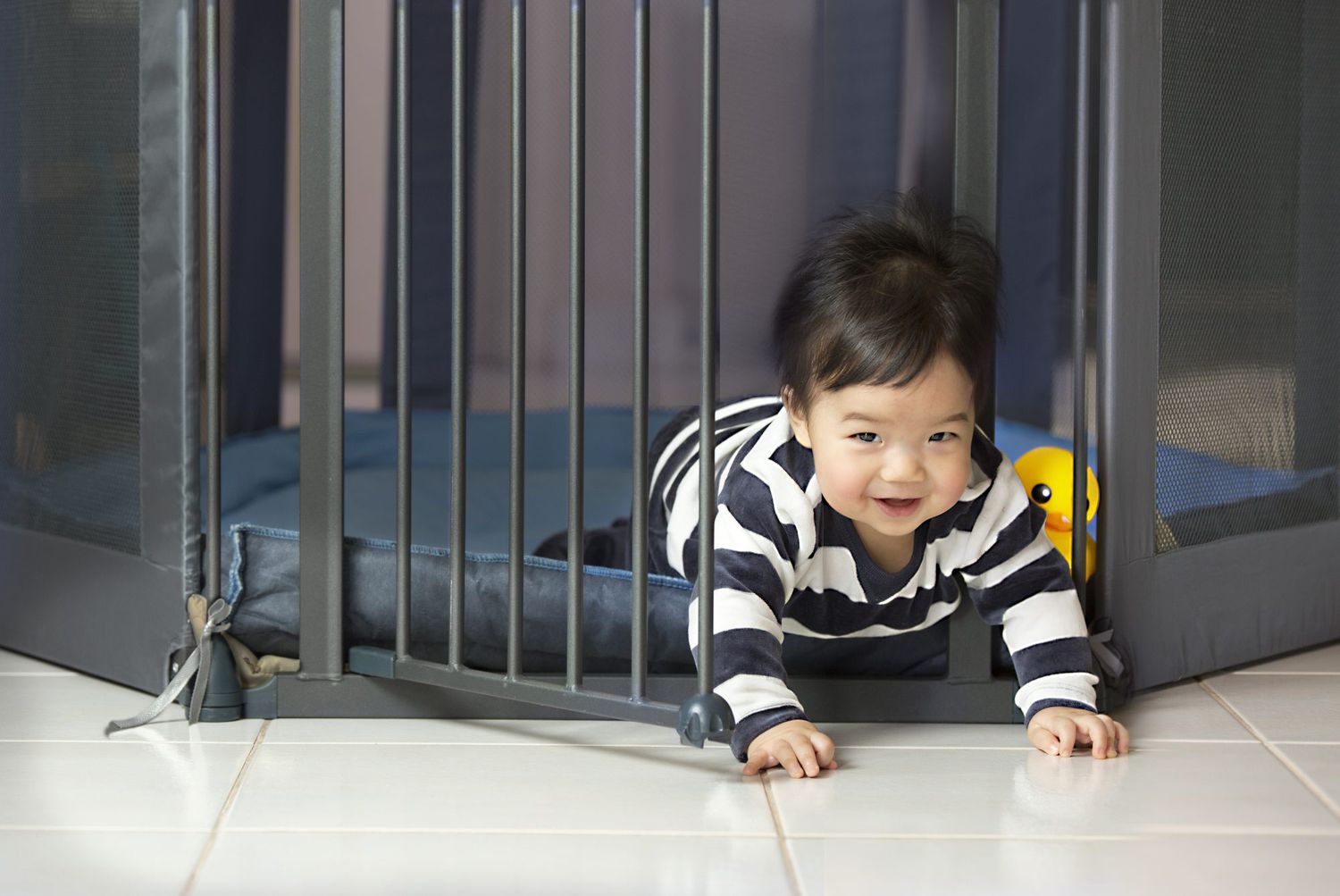




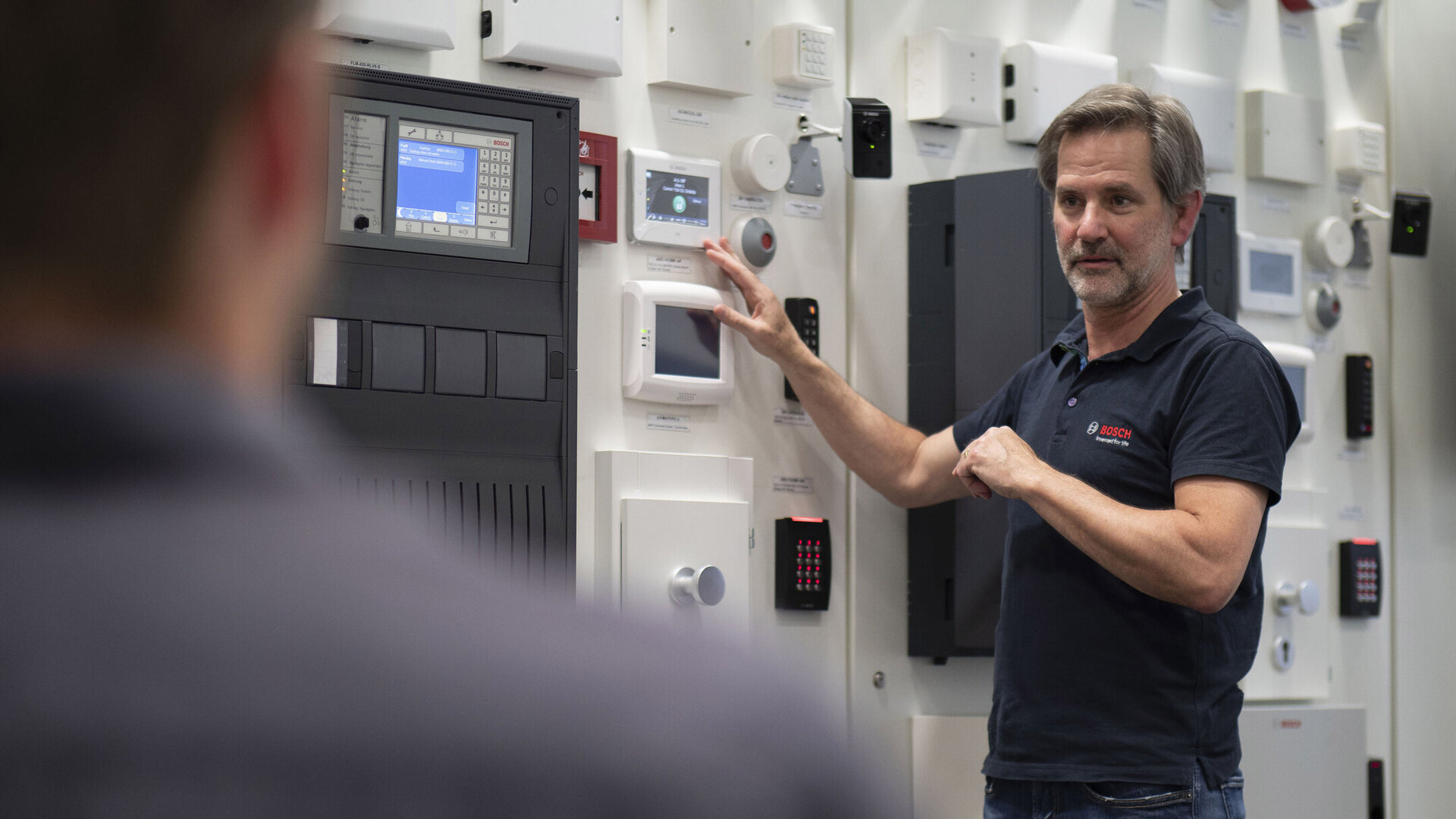


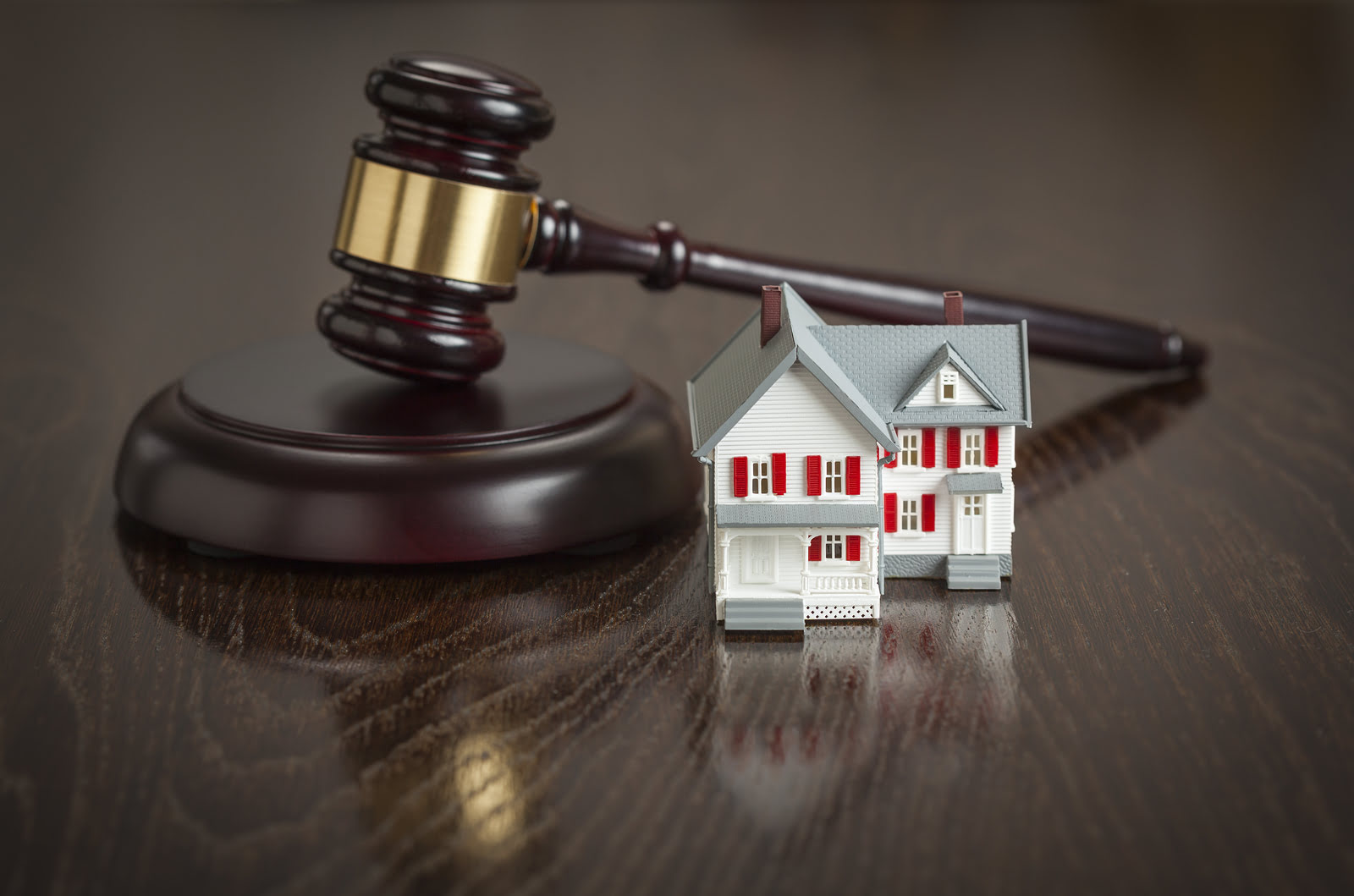

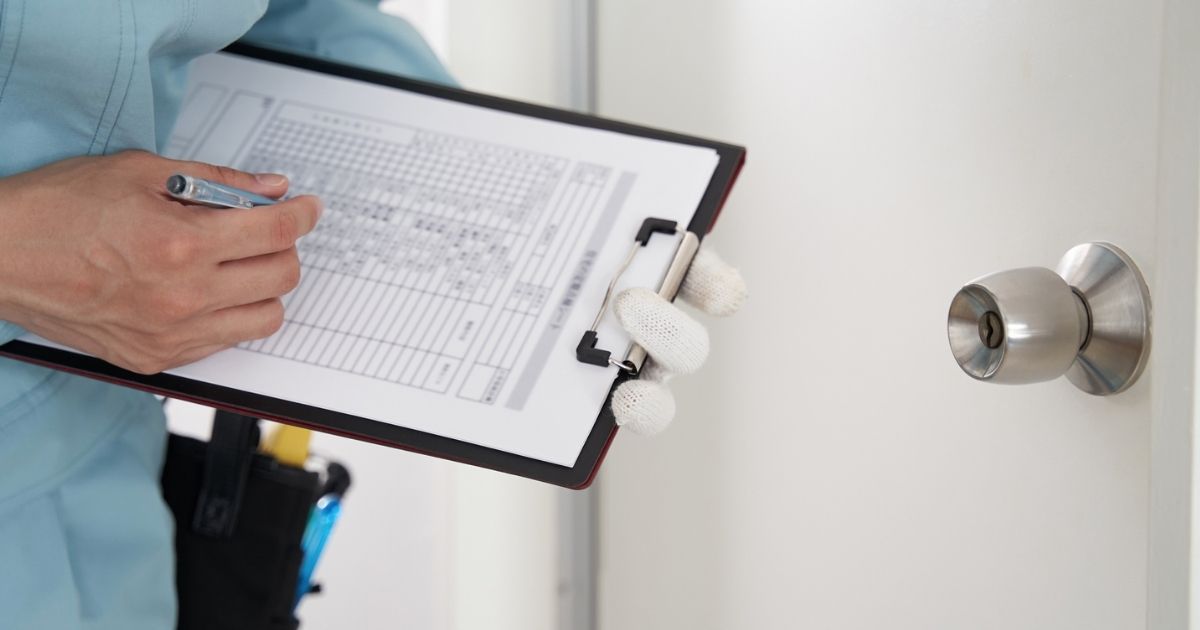
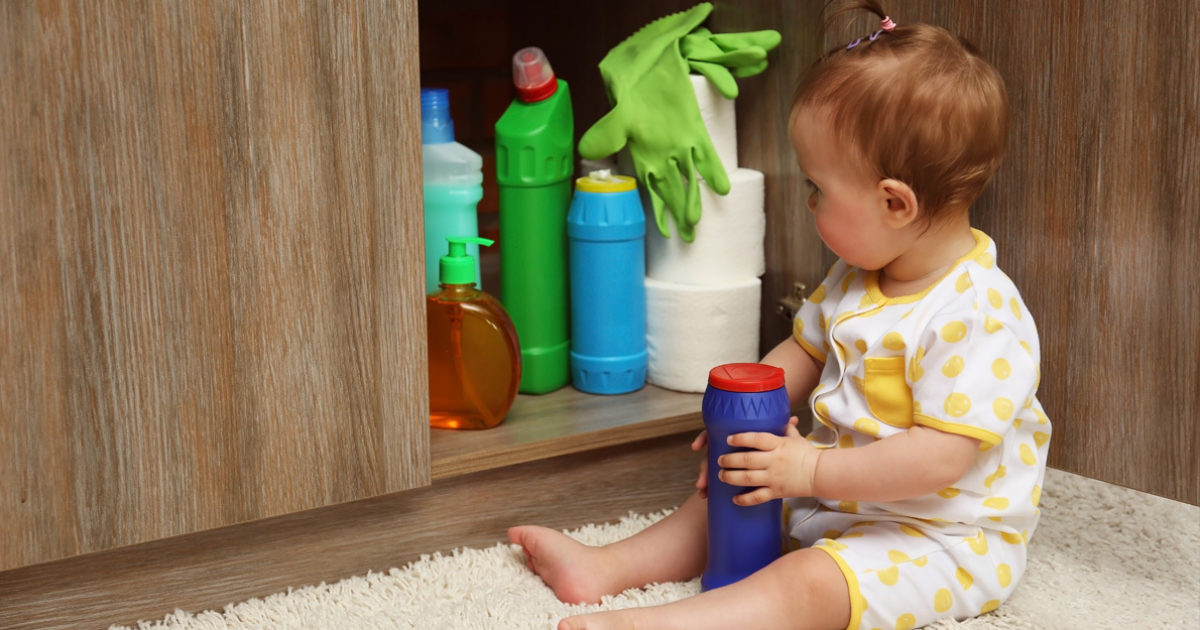

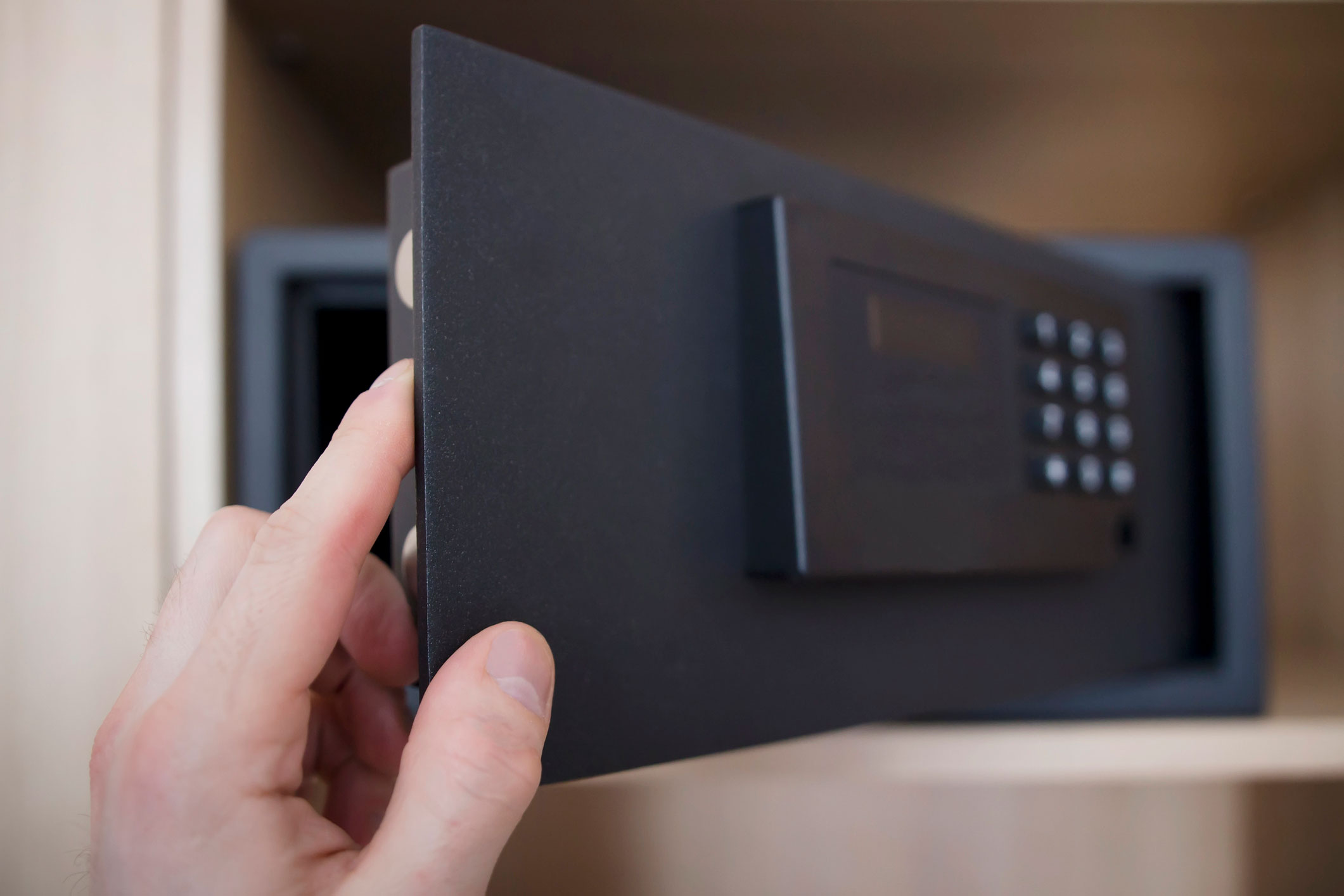

0 thoughts on “Who Is Trained And Equipped To Conduct A Home Safety Assessment”